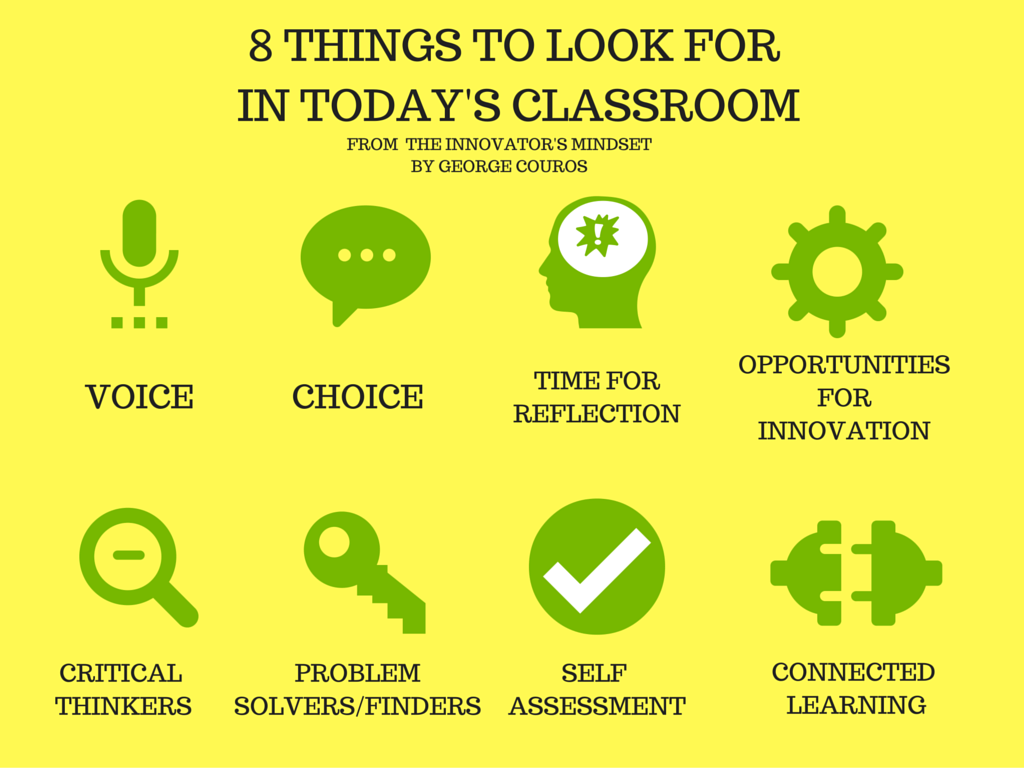This week we had the pleasure of hearing from the passionate Kara Welty. Some may have even heard from her twice since we got to do two versions due to some technical difficulties. Check out both versions here. The focus of this week was on Part 3- Unleashing Talent. This is one of my favorite sections in the book because it focuses on empowering learners, both educators and students.

One of the major themes of the week is building on strengths. Sheila Vick shares,
Strengths based leadership makes so much sense to me. People naturally want to discuss and do what they feel successful at. When I look at what I do in my role as a student services teacher, I always start with what my students are good at and move on from there. As mentioned this week, this helps to build confidence and competence, but also builds a positive relationship where they feel valued, appreciated and can trust that it is safe to throw themselves out there and take risks. For these reasons, I think we must tap into strengths and passions first.
In addition to knowing and building on the strengths of the learners, Melissa LaShure challenges traditional lesson plans and articulates how she has shifted from lesson plans to learning plans.
Let’s step into the shoes of our students and start seeing the world from their perspective. Think back and remember all of the things you enjoyed doing as a kid. Then ask yourself, how can I incorporate that into a “learning plan”? Stop lesson planning to death, just to get kids to pass a test, instead get innovative and create learning plans that provide students will real life application and turn them into lifelong learners.
Below is a picture of just a few of my thoughts on what a learning plan is versus a lesson plan. This is not the be all, end all by any means, so feel free to take from it and add to it.
To create these powerful learning experiences, Celaina Huckeba, reflects on the importance of taking risks and meeting the needs of the individual learners in each unique context:
Instead of just reading books on what’s most effective in education, I want to rely on more ways of encouraging students and teachers to question ideas and to try new things. Teachers and students should be finding out what works and experimenting. If something doesn’t work, then that’s okay. We can keep going. I do believe in research in that it can lead us down a path of growing, learning, changing, innovating. But I don’t buy into the idea of one size fits all or one person’s research (or one person compiling research) is what’s best for all kids in all classrooms.
Rachel Burkett highlights the importance of educators not only being life-long learners, but modeling and sharing their process as well:
It seems like it’s time for educators to show and model to the students that we are learners too, that we never get too old to learn something, and that we *gasp* fail and make mistakes. We are not invincible and we are not perfect. We are all human, and we all struggle from time to time. It’s only natural. A teacher does not have to stay on the pedestal to earn a student’s respect and admiration. There are other ways to do so, and it all starts with being a lifelong learner.
Professional learning for educators must model the experiences that we want students to have in the classrooms. I love Allison K.’s ideas about Innovative Professional Learning.

Thank you for all of you who continue to connect and share all of your ideas and learning from this week. This is an amazing community and I love seeing the ideas and the passion each week.
Keep sharing, connecting, and inspiring!
Best,
Katie


